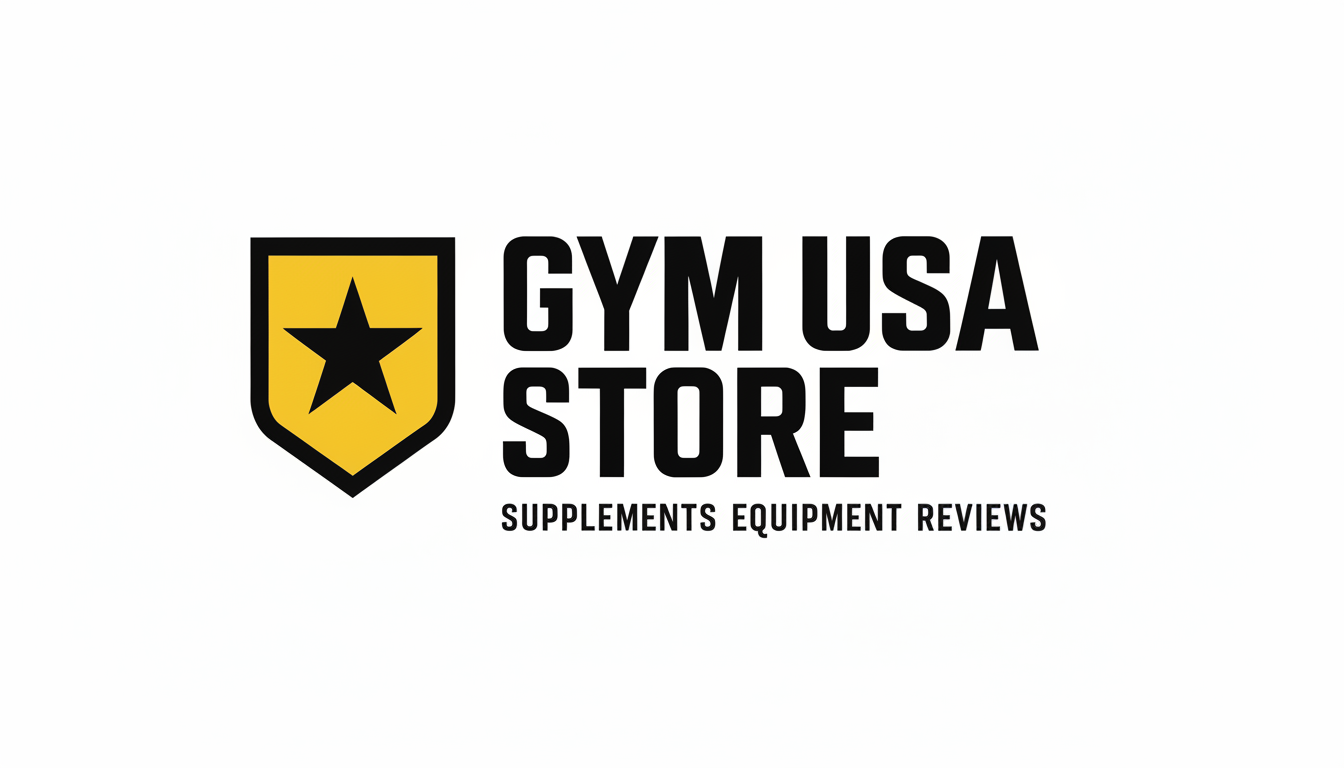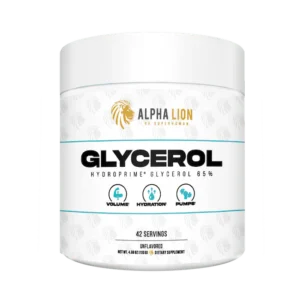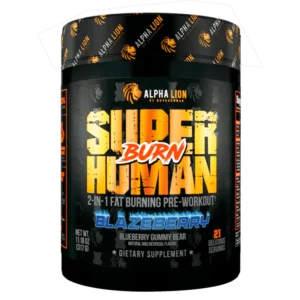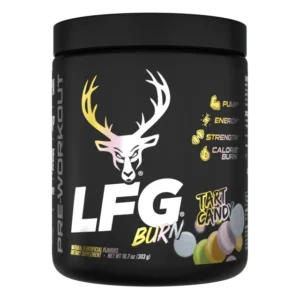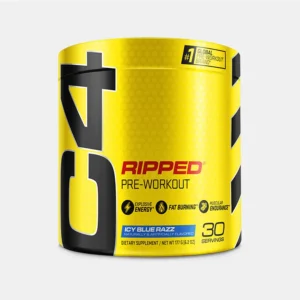In the grand, sweat-drenched theatre of human performance, where milliseconds demarcate the immortal from the forgotten and a single rep can be the fulcrum upon which victory pivots, we have long mythologized the athlete. We laud their Herculean discipline, their preternatural talent, the stoic fortitude of their minds. Yet, for centuries, a critical, almost alchemical component of this performance remained shrouded in obscurity, relegated to the simplistic dogma of “eating your meat” and “drinking your milk.”
No more.
We stand at the precipice of a new epoch in human potential, where the modern sports nutrition emporium is not merely a shop—it is a veritable apothecary of augmentation, a library of metabolic wisdom, and a crucible for the transmutation of mundane macronutrients into kinetic excellence. This is not about mere sustenance; it is about the strategic, almost artistic, manipulation of biochemistry to orchestrate an anabolic symphony within the corporeal vessel.
To the uninitiated, it is a bewildering bazaar of powders, potions, and pills. But for the cognoscenti—the individual who views their body as both instrument and engine—it is the source of the raw materials for self-actualization. This treatise is your vade mecum, your intelligent guide, to navigating this sophisticated landscape. We will eschew banal platitudes and plunge into the profound depths of what it means to fuel transcendence.

I. The Philosophical Foundation: Beyond Fuel, Towards Bio-Hacking
The paradigm must shift from viewing food as simple caloric ballast to understanding it as informational currency. Every morsel consumed, every liquid imbibed, is a set of instructions dispatched to your cellular machinery. It upregulates or downregulates genes, modulates inflammatory pathways, and dictates the very efficiency of mitochondrial energy production.
The contemporary athlete, therefore, is a metabolic savant. They recognize that the goal is not merely to feed, but to communicate with the body. A sports nutrition store is the lexicon for this dialogue. Its shelves are lined with specific, potent phrases—molecules that speak the language of mTOR activation for protein synthesis, or AMPK stimulation for fat oxidation.
This is the esoteric core of elite nutrition: the move from a reactive model of eating to a proactive protocol of physiological engineering.
Check also: gym USA store info
II. The Macronutrient Matrix: A Deeper Exegesis
Let us dissect the holy trinity of nutrition with a more discerning eye, moving beyond elementary school definitions.
1. Protein: The Anabolic Hierophant
Protein is the architech of repair, the cornerstone of adaptation. But the conversation must evolve from “grams per day” to amino acid kinetics and proteolytic signaling.
- Whey Protein: Often mischaracterized as a simple “shake,” high-quality whey isolate is a rapid-fire anabolic trigger. Its unparalleled Branch-Chain Amino Acid (BCAA), particularly leucine, profile makes it the most potent dietary activator of the mTOR pathway, the master regulator of muscle protein synthesis. It is the quintessential post-catabolic rescue agent, flooding the systemic milieu with the building blocks of reconstruction.
- Casein Protein: The nocturnal sentinel. Its micellar structure creates a gel in the stomach, leading to a slow, sustained aminoacidemia for up to seven hours. This is not a post-workout tool, but a strategic implement for combating the catabolic onslaught of the fasting period during sleep. It is the antithesis of whey’s immediacy—a lesson in chrono-nutrition.
- Vegan Protein Amalgamations: The botanical symphony. Pea, rice, hemp, and pumpkin seed proteins, in isolation, possess incomplete amino acid profiles. The sophistication lies in their synergistic combination. A well-formulated blend creates a complementary amino tapestry that rivals the anabolic efficacy of its dairy-derived counterparts, while often offering superior digestibility and a phytonutrient bonus.
Related Products
-
Alpha Lion Glycerol
Original price was: $29.99.$22.49Current price is: $22.49. -
Alpha Lion Super Human Fat Burning Pre-Workout
$59.99 -
Bucked Up LFG Burn Thermogenic Pre-Workout
Original price was: $54.99.$45.99Current price is: $45.99. -
C4 Ripped® Pre Workout Powder
Original price was: $39.99.$24.99Current price is: $24.99.
2. Carbohydrates: The Glycogenic Sovereigns of Performance
Carbohydrates have been demonified by popular fad diets, a tragic oversimplification for the performance-oriented individual. Carbs are not the enemy; they are the sovereign currency of high-intensity exertion. The key is temporal deployment and molecular architecture.
- The Peri-Workout Anomaly: During the 60-90 minute window bracketing your training, the goal is glycemic precision. This is where highly glycemic, malto-dextrin-based compounds shine. They are osmotically favorable, emptying from the gut with alacrity to replenish hepatic and muscular glycogen stores without gastrointestinal distress. They are a tactical fuel, not a daily staple.
- The Foundation of Fibrous Complexity: Outside the training window, the focus shifts to low-glycemic, fibrous sources—sweet potato, quinoa, oats. These provide a trickle-charge of energy, modulate insulin sensitivity, and serve as prebiotic sustenance for the gut microbiome, an organ we now recognize as a central player in inflammation, recovery, and even neurotransmitter production.
3. Fats: The Lipolytic Luminescence
Fats are the unsung heroes of hormonal harmony and cellular integrity. The critical distinction lies between pro-inflammatory and anti-inflammatory lipid species.
- Medium-Chain Triglycerides (MCTs): A ketogenic catalyst. Unlike long-chain fatty acids, MCTs are shunted directly to the liver via the portal vein, where they are rapidly oxidized for energy or converted into ketones. This provides a clean, cerebral, and sustained energy source without the storage proclivities of other fats. MCT oil is a cognitive and physical potentiator.
- Omega-3s (EPA & DHA): These are not mere “healthy fats”; they are potent resolvins. They actively resolve the inflammatory cascade that is a necessary but damaging byproduct of intense training. By modulating the eicosanoid pathway, they shift the body’s inflammatory state from one of chronic, low-grade destruction to one of acute, targeted repair. This is the difference between aching and adapting.
Check also: gym training over 50
III. The Parergonal Arsenal: Nootropics, Adaptogens, and the Pursuit of Homeostasis
The true mark of a sophisticated nutrition strategy is its attention to the parergonal—the supplementary elements that complete the masterpiece. This is where the modern apothecary truly distinguishes itself from the supplement shops of yore.
1. Adaptogens: The Homeostatic Regulators
In a world saturated with stress—both physical and psychological—adaptogens are the body’s allostatic balancers. These non-toxic botanicals work by modulating the Hypothalamic-Pituitary-Adrenal (HPA) axis, increasing the body’s resistance to stressors.
- Rhodiola Rosea: A cerebral ergogenic aid. It has been shown to reduce perceived exertion and combat mental fatigue, allowing for greater focus and intensity during protracted training sessions.
- Ashwagandha: The somatotropic sedative. It is renowned for its ability to lower cortisol, improve sleep quality, and boost testosterone levels in stressed populations, creating a more anabolic milieu.
- Cordyceps Sinensis: The mitochondrial maestro. This peculiar fungus enhances aerobic capacity and ATP production by improving oxygen utilization at the cellular level. It is a favorite amongst endurance athletes for its ability to push back the lactate threshold.
Check also: selling American supplements abroad

2. Nootropics: The Cognitive Catalyst
Physical performance is inextricably linked to neural drive. A weak signal from the central nervous system results in suboptimal muscular recruitment. Nootropics, or “smart drugs,” enhance cognitive function.
- L-Theanine & Caffeine Synergy: This is a classic example of intelligent formulation. Caffeine is an adenosine antagonist, promoting alertness but often with jittery side effects. L-Theanine, an amino acid found in green tea, promotes alpha-wave brain activity, associated with a state of “calm alertness.” Together, they create a zen-like focus—a sharp, sustained mental clarity without the autonomic turmoil.
3. The Gut-Brain-Axis: Psychobiotics and Intestinal Integrity
The gut is now understood as the “second brain,” producing a vast array of neurotransmitters and communicating directly with the central nervous system via the vagus nerve. A compromised gut lining (“leaky gut”) can lead to systemic inflammation, blunting recovery and impairing cognitive function.
- Probiotics & Prebiotics: Strategic supplementation with specific strains (e.g., Bifidobacterium, Lactobacillus) can fortify the gut microbiome. When combined with prebiotic fibers (e.g., FOS, GOS) that act as their food, you are actively cultivating an internal ecosystem that supports everything from nutrient partitioning to mood regulation. This is agrarian science for the internal milieu.
IV. The Chrono-Nutrition Conundrum: Timing as the Fourth Macronutrient
To ingest the correct molecules is one thing; to ingest them at the correct time is an act of high art. Chrono-nutrition is the practice of aligning nutrient intake with the body’s circadian rhythms.
- The Anabolic Window: A period of heightened anabolic receptivity post-exercise. Here, the muscle cells are like parched earth, craving both the amino acids for repair and the carbohydrates to spike insulin—an anabolic hormone that shuttles nutrients into the muscle cell. Ignoring this window is to leave potential gains unrealized.
- Intermittent Fasting & Training: While popular, this protocol requires nuance. Training in a fasted state may enhance lipolysis, but it can also increase muscle protein breakdown. The sophisticated approach might involve targeted amino acid spiking (e.g., consuming Essential Amino Acids or BCAAs during the fasted training session) to protect lean mass while still reaping the autophagic and metabolic benefits of the fast.

V. A Curated Guide to the Modern Emporium: Discerning the Quintessential from the Quackery
Navigating the marketplace requires a skeptical eye and an educated palate. Here is how to approach the shelves:
- Decipher the Label: The Litany of Purity. Seek products with minimal, intelligible ingredients. Avoid “proprietary blends” that hide dosages. The presence of unnecessary fillers like maltodextrin in a protein powder, or magnesium stearate in capsules, is a mark of inferior quality.
- The Third-Party Verification: Look for seals from independent testing organizations like NSF Certified for Sport or Informed-Choice. These certifications guarantee that the product contains what it claims and is free from banned substances—a non-negotiable for competitive athletes.
- The Bioavailability Quotient: A molecule is only as good as its ability to be absorbed. For example, the mineral Magnesium has numerous forms. Magnesium Citrate is a laxative, while Magnesium Bisglycinate is a highly bioavailable, non-laxative form that is superior for neuromuscular relaxation and sleep enhancement.
- Eschew Hyperbole, Embrace Science: Be wary of grandiose claims and “revolutionary” products. The fundamentals—high-quality protein, creatine monohydrate, beta-alanine, caffeine—have the most robust scientific backing. Innovation should be in delivery systems and synergistic combinations, not in reinventing the wheel with spurious new “miracle” compounds.
Epilogue: The Soma and the Psyche
Ultimately, the journey through the world of elite sports nutrition is a profound exercise in self-knowledge. It is a dialogue between the soma—the physical body—and the psyche—the will that drives it. The powders and potions are but tools, the means by which we refine the instrument of our ambition.
The modern sports nutrition store, in its highest expression, is a temple to this pursuit. It is a place where the curious can become enlightened, where the dedicated can find the marginal gains that aggregate into monumental transformation. It is where we acknowledge that the pinnacle of athletic achievement is not reached through sweat and iron alone, but through the meticulous, intelligent, and almost alchemical art of feeding the fire within.
This is not consumption. This is corporeal craftsmanship. And for the individual who seeks to author their own physical destiny, it is the most important work of all.
